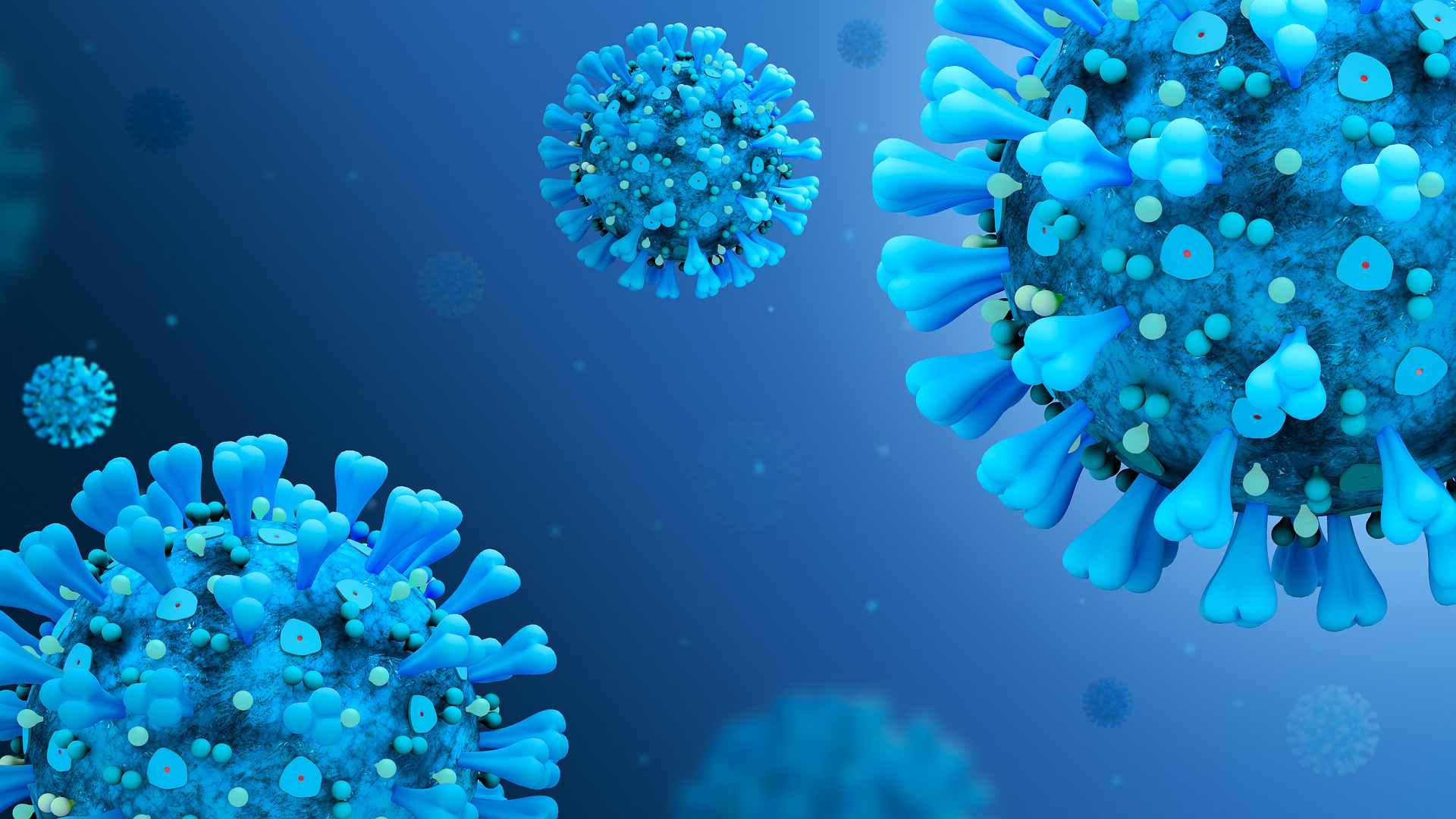Since Omicron has been challenging to avoid a Corona infection despite immunization and preventive measures, many catch the virus several times, while others are spared. But what is the reason for this? Researchers are finding a surprising answer.
Since the beginning of the year, the Omicron variant has caused several infections. The disease risk has never been as high as in the current wave. Despite vaccination and boosters, more and more people are contracting covid – often for the second or third time. But some seem to be unaffected by the virus despite repeated contact. Are they just lucky? Not necessarily, says a team of British researchers who found the answer in a unique immune system feature.
In the controversial Human Health Study at Imperial College London, 36 young unvaccinated people were deliberately infected with the coronavirus; the scientists found that only half of the test subjects became infected, even though they were all exposed to the same amount of virus. Physicians call these people seronegative. Their bodies stop the infection before antibodies are found in the blood serum.
Corona vaccinations are also supposed to have this effect. However, the antibodies produced to match the spike protein on the virus’s surface less and less as it becomes increasingly altered by mutation, as in the delta or omicron variants. On the other hand, the immune system of seronegative people recognizes hidden proteins and proteins inside the viruses that are important for spreading in the body.
These proteins include enzymes that “viruses make first when they need to start replicating,” says Mala Maini of University College London, whose team studied 730 subjects as part of the COVIDsortium study of medical personnel. “These proteins are evolutionarily highly conserved; the viruses simply can’t afford to change them.” If the immune system quickly recognizes these barely changing proteins and renders them harmless, the production of new viruses is prevented.
T cells are crucial for this after antibodies from the second line of defense against infection. According to Maini and her team, the T cells in seronegative people were not first formed by contact with Sars-CoV-2 or after vaccination. “We think they were formed during a previous infection with a similar virus,” she says. But they also fit the coronavirus. Virologists refer to such cases as cross-reactive T cells. For example, that may be the case – as the study says – with cold viruses.
“We can’t say for sure, but we have seen that some of the T cells recognize both cold coronaviruses and Sars-CoV-2,” Maini says. Upon contact with the new coronavirus, there is “a brief, transient infection called abortive.” The disease doesn’t fully break out; the immune system stops it quickly.
Sars-CoV-2 was also detectable in the body of seronegative personnel, at least for a short time, based on two observations by the London research team: First, the protein IFI27, which is considered an infection signal, was detected in the blood of these individuals. Secondly, more T cells are directed against Sars-CoV-2, among other things.
However, it is unclear why some people carry the protective cross-reactive T cells, and others do not. Moreover, the question remains when a cold triggers the production of such T cells. Because although the vast majority of people have had a cold caused by coronaviruses at least once in their lives, only a few carry these memory T cells.
Source: ntv.de/picture: pixabay.com
This post has already been read 979 times!



